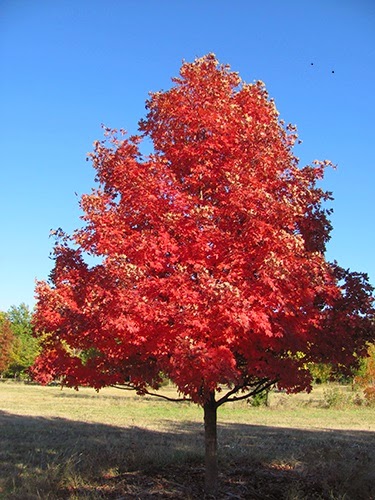Sprayer Calibration
by Sandra Wick, Agriculture and Natural Resources Agent
It soon will be time to examine your fields and inventory the weeds that have invaded your wheat crop. At the recent Post Rock Extension District Sprayer Calibration Workshop featured speaker, Dr. John Slocombe, K-State Research and Extension Ag and Forage Machinery Safety specialist, encouraged producers and agribusiness employees to adopt strategies to help reduce drift to unprotected plants and crops.
The picture to the right provides several methods for producers to use to help reduce drift. Drift results in a waste of product, reduces the effectiveness of your application and can damage crops that are economically important. Pesticide that drifts off-target also can hurt wildlife and contaminate water supplies.
Basically there are two ways pesticides move downwind:
- Vapor – When pesticides volatilize (evaporate into the air), they can move downwind as a vapor. This form of drift is related to the product, NOT to the type of application method that is used.
- Particle – This is the movement of spray particles, or droplets, formed during application. Nozzle selection is very important depending on the product you are using.
“Atomizing” the spray solution into very small droplets will INCREASE the coverage possible, BUT you must also consider the potential for evaporation, drift, canopy penetration and deposition of the spray particles. In reality, you want a range of droplet sizes to effectively deposit the pesticide on the wide variety of plant types, sizes and shapes that you may have growing in your fields. There are six sizes of droplet sizes ranging from Very Fine (VF) to Extremely Coarse (XC). The nozzle use depends on the pesticide product you are using along with the rate, droplet size, the nozzle type and the nozzle spacing. Just remember the larger the droplet size the less risk of drift.
Strategies of reducing pesticide drift include:
- Select nozzle to increase drop size
- Increase flow rates – higher application rates
- Use lower pressures
- Use lower spray (boom) heights
- Avoid high application speeds/rapid speed changes
- Avoid adverse weather condition-high winds, light & variable winds, calm air
- Consider using buffer zones
- Consider using new technologies-drift reduction nozzles-drift reduction additives-shield, electrostatics, air-assist








